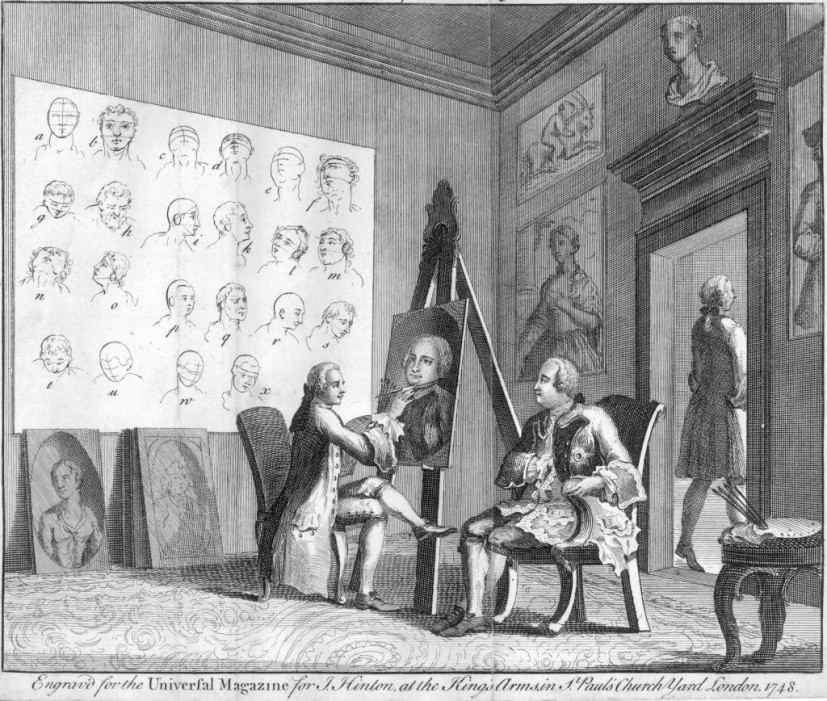A smirking face of a devil has re-emerged in the 1789 painting of Joshua Reynolds called "The Death of Cardinal Beaufort" following conservation work by National Trust.
According to The Institute of Conservation, the painting, which measures 2.185m x 1.575m, was restored by conservationists Sophie Reddington and Jonida Mecani at The National Trust's Royal Oak Foundation Conservation Studio.

Joshua Reynolds Artwork
The Reynolds painting made its return on display last October in the Petworth House in West Sussex after undergoing treatment. It displays a scene from Shakespeare's Henry VI Part 2, wherein the King witnesses the death of his uncle, Cardinal Beaufort.
Fittingly, in the play's scene depicted by the painting, the King implores God for the peaceful passing of his uncle and says, "O! Beat away the busy meddling fiend," perhaps referring to the now uncovered demon.
In a press statement, John Chu, the Trust's Senior National Curator for Pictures and Sculpture, explained how the painting was originally a "misfit" when it came to the 18th-century artistic rules and thus received heavy flak from art critics of the time.
"When it was first shown at the Shakespeare Gallery in 1789 it generated more controversy than any other work on show," he noted.
The 'Devil' in Joshua Reynolds Painting
In an article published in The Times on May 7, 1789, a critic wrote scathing remarks regarding the inclusion of the "imp" in Joshua Reynolds' painting, saying, "The Imp at the Cardinal's bolster cannot spoil the Picture, but it does no credit to the judgment of the Painter."
The critic continued saying, "we rather apprehend that some Fiend had been laying siege to Sir Joshua's taste, when he determined to literalise the idea."
"The license of Poetry is very different from that of Painting; but the present subject itself is complete in itself, and wants not the aid of machinery from Heaven or Hell. In this enlightened period astonishment and pity wait upon it," the critic added.
The painting was created right at the end of Reynolds career in 1789. Initially created as a commercial commission for the Shakespeare Gallery in London's Pall Mall, he was paid 500 Guineas for the artwork. The fiend character was so degraded in the original painting that it seemed to have been removed from the canvas.
"It perhaps isn't a surprise that it had receded so far into the shadows of the picture... Some decades after the painting was done, that area seems to have deteriorated into small islands of paint and become less clear due to the constituent parts of the paint. Degradation of successive varnish layers over the years made it even less visible," Chu noted.
After it was examined rigorously by the National Trust's experts, it was found that the painting had been handled by "several hands with a lot of overpainting when new paint is layered over the original work, as well as six layers of varnish."
After the conservation efforts to remove the six layers of varnish and extra paint, the demonic figure re-emerged after over two centuries of obscurity. The painting is one of four by Reynolds that the National Trust has conserved to mark the 300th anniversary of the artist's birth.